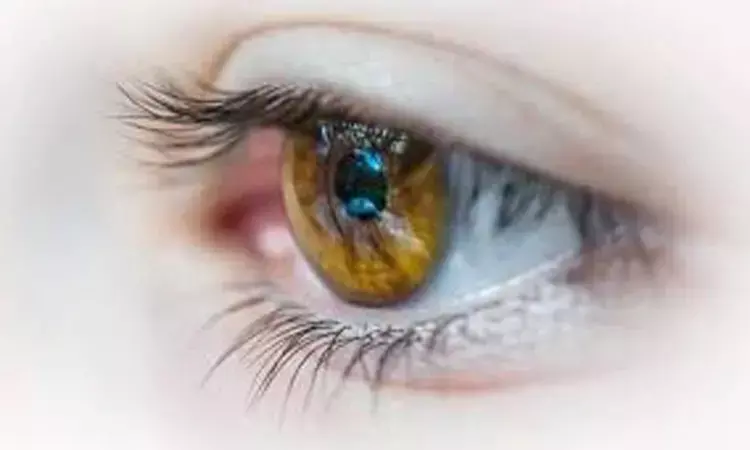- Home
- Medical news & Guidelines
- Anesthesiology
- Cardiology and CTVS
- Critical Care
- Dentistry
- Dermatology
- Diabetes and Endocrinology
- ENT
- Gastroenterology
- Medicine
- Nephrology
- Neurology
- Obstretics-Gynaecology
- Oncology
- Ophthalmology
- Orthopaedics
- Pediatrics-Neonatology
- Psychiatry
- Pulmonology
- Radiology
- Surgery
- Urology
- Laboratory Medicine
- Diet
- Nursing
- Paramedical
- Physiotherapy
- Health news
- Fact Check
- Bone Health Fact Check
- Brain Health Fact Check
- Cancer Related Fact Check
- Child Care Fact Check
- Dental and oral health fact check
- Diabetes and metabolic health fact check
- Diet and Nutrition Fact Check
- Eye and ENT Care Fact Check
- Fitness fact check
- Gut health fact check
- Heart health fact check
- Kidney health fact check
- Medical education fact check
- Men's health fact check
- Respiratory fact check
- Skin and hair care fact check
- Vaccine and Immunization fact check
- Women's health fact check
- AYUSH
- State News
- Andaman and Nicobar Islands
- Andhra Pradesh
- Arunachal Pradesh
- Assam
- Bihar
- Chandigarh
- Chattisgarh
- Dadra and Nagar Haveli
- Daman and Diu
- Delhi
- Goa
- Gujarat
- Haryana
- Himachal Pradesh
- Jammu & Kashmir
- Jharkhand
- Karnataka
- Kerala
- Ladakh
- Lakshadweep
- Madhya Pradesh
- Maharashtra
- Manipur
- Meghalaya
- Mizoram
- Nagaland
- Odisha
- Puducherry
- Punjab
- Rajasthan
- Sikkim
- Tamil Nadu
- Telangana
- Tripura
- Uttar Pradesh
- Uttrakhand
- West Bengal
- Medical Education
- Industry
Patients with high cholesterol and triglycerides more prone to perioperative retinal vein occlusion

Patients with high cholesterol and triglycerides who underwent spinal, cardiac or orthopedic surgery were at greater risk of waking up blind, reports a new Northwestern Medicine study.
The condition, called perioperative visual loss, is caused when a blood clot blocks the veins, an occurrence called retinal vein occlusion.
"It's like a stroke of the eye, and the vision loss is permanent," said senior study author Dustin French, a professor of ophthalmology at Northwestern University Feinberg School of Medicine.
This is the first population-based study to identify the postoperative development of vision loss after non-ocular surgery. In particular, the study examined which surgeries are at highest risk and the disease condition associated with the vision loss.
Loss of vision after non-ocular surgery occurred at the rate of 1.21 cases per 10,000 hospitalizations in this study.
"Based on this rate of vision loss after surgery, we estimate there could be hundreds or thousands of cases each year in the United States," French said.
"This is rare, but if we can understand more details about who gets this and other considerations that may lead to this visual loss, patients could be more informed about the risks before going under the scalpel," French said. "We need to continue to disentangle this."
Study authors retrospectively analyzed the 2017 Florida State Inpatient Database, which contains all in-state hospital inpatient stays for that year.
Investigation of perioperative visual loss in larger, more comprehensive databases may help confirm the findings and identify modifiable risk factors, French said.
Dr Kamal Kant Kohli-MBBS, DTCD- a chest specialist with more than 30 years of practice and a flair for writing clinical articles, Dr Kamal Kant Kohli joined Medical Dialogues as a Chief Editor of Medical News. Besides writing articles, as an editor, he proofreads and verifies all the medical content published on Medical Dialogues including those coming from journals, studies,medical conferences,guidelines etc. Email: drkohli@medicaldialogues.in. Contact no. 011-43720751


